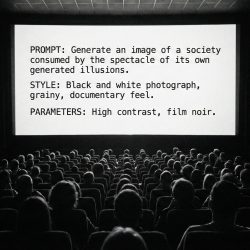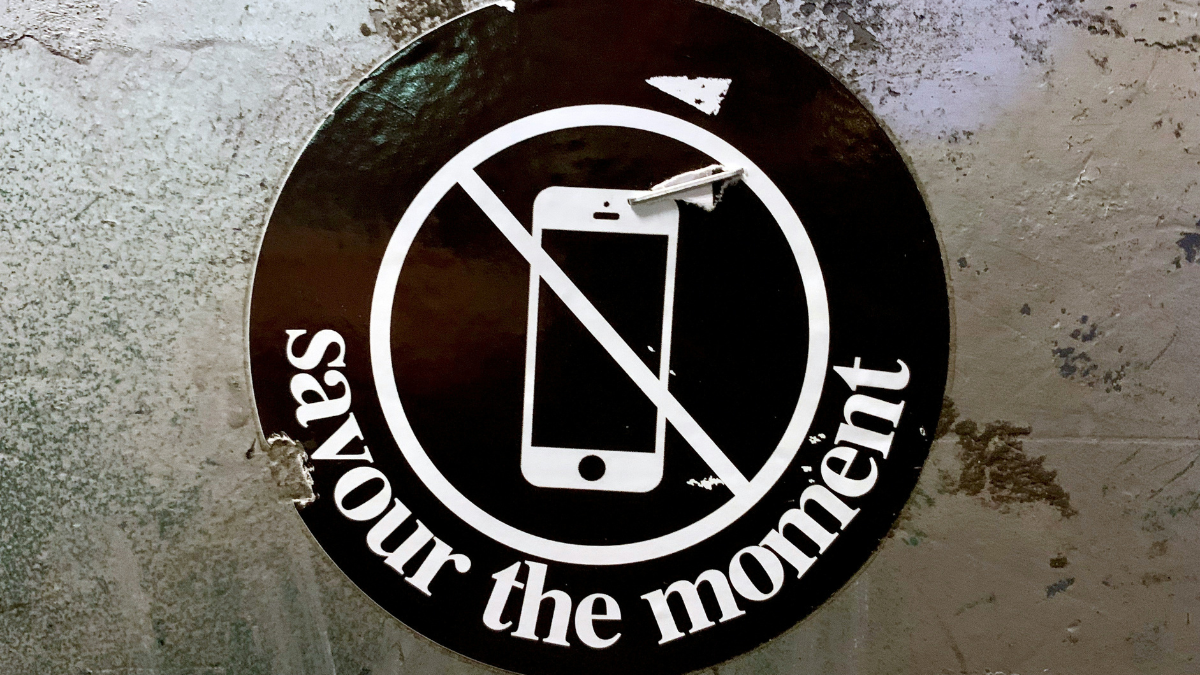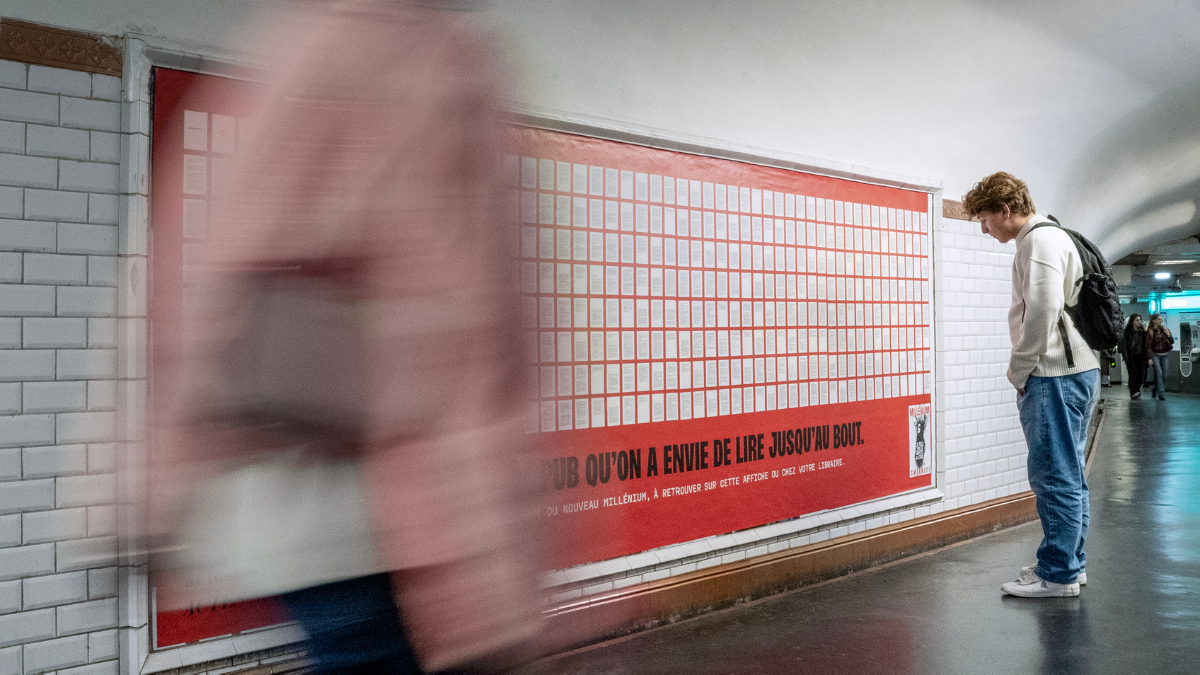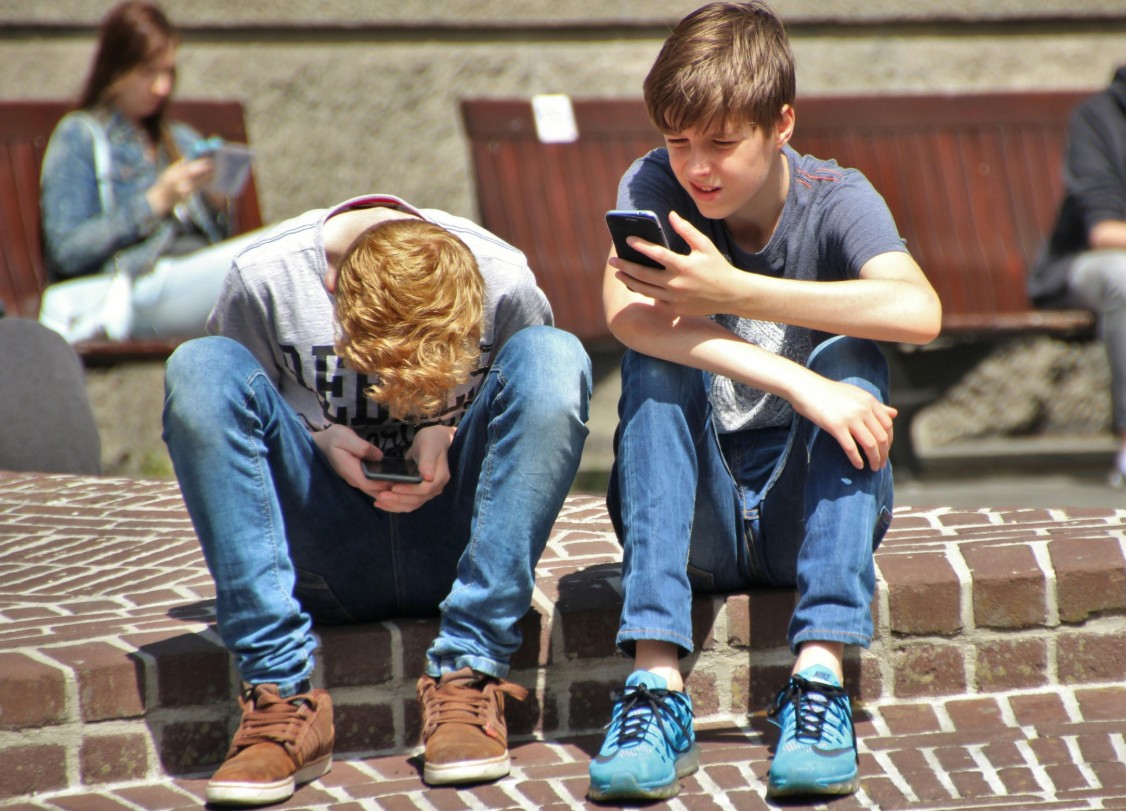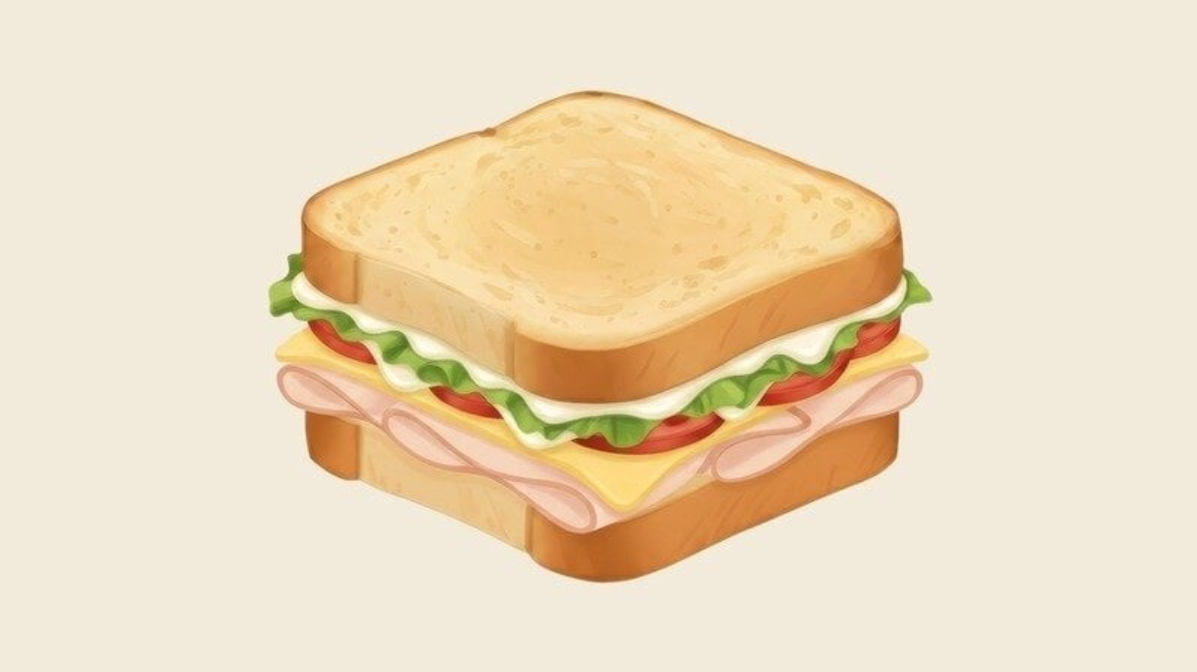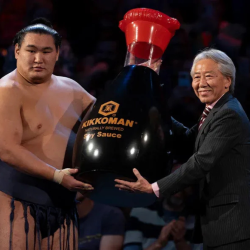More than a third of UK consumers wanted to start 2025 with a digital detox, according to an EY survey. But while social media breaks are becoming increasingly popular, a study has found that people pay less attention to ads on the platforms after a period of abstinence.
Professors from the University of Wuppertal in Germany investigated why social media users choose to disconnect from platforms, the ways in which they do so, and how unplugging from social media affects how much attention they pay to ads upon their return.
They conducted 36 online interviews and found that people primarily withdraw from social media to improve their personal wellbeing and focus on mental health. They typically do this in one of two ways: they either abstain from social media for a certain period of time — by, for example, deactivating accounts or deleting apps — or they set time constraints that limit how long they can use an app.
The researchers split participants into two groups to test how time-outs and time constraints affect attention to ads. Both groups reported that they paid less attention to ads, with those who had abstained from social media saying that they skipped or ignored them because they prioritised native content.
Similarly, those who had time restraints (one minute on Instagram) said that they paid less attention to ads because they had a limited amount of time on the platforms, and ads made them feel like they were being robbed of it.
But when the researchers repeated the study with eye-tracking devices, the results showed otherwise. Only periods of abstinence had an impact on attention levels. Those with time constraints still consumed ads as they would have without restrictions in place, despite what they had said in their interviews.
‘Empirically, we find a strong impact of time-outs exclusively. Although advertisers generally want to communicate quickly, viewing times on Instagram were notably even shorter after recent social media time-outs (1.32s with no manipulation, 0.76s-0.89s after time-outs),’ the authors wrote.
As a result, they advise advertisers to either avoid advertising to users who are returning from a period of abstinence or to ‘reduce the information load to the absolute minimum level necessary’. The researchers also suggest ads that require deeper involvement from users should be sent out when ‘previous social media sessions have been recent’. Brands that want to reach users straight after a detox period should create ads that mimic native content.
Featured image: Bekky Bekks / Unsplash






